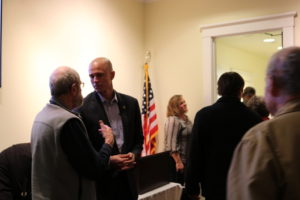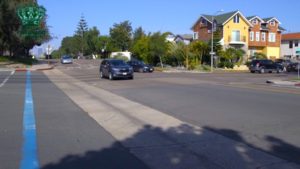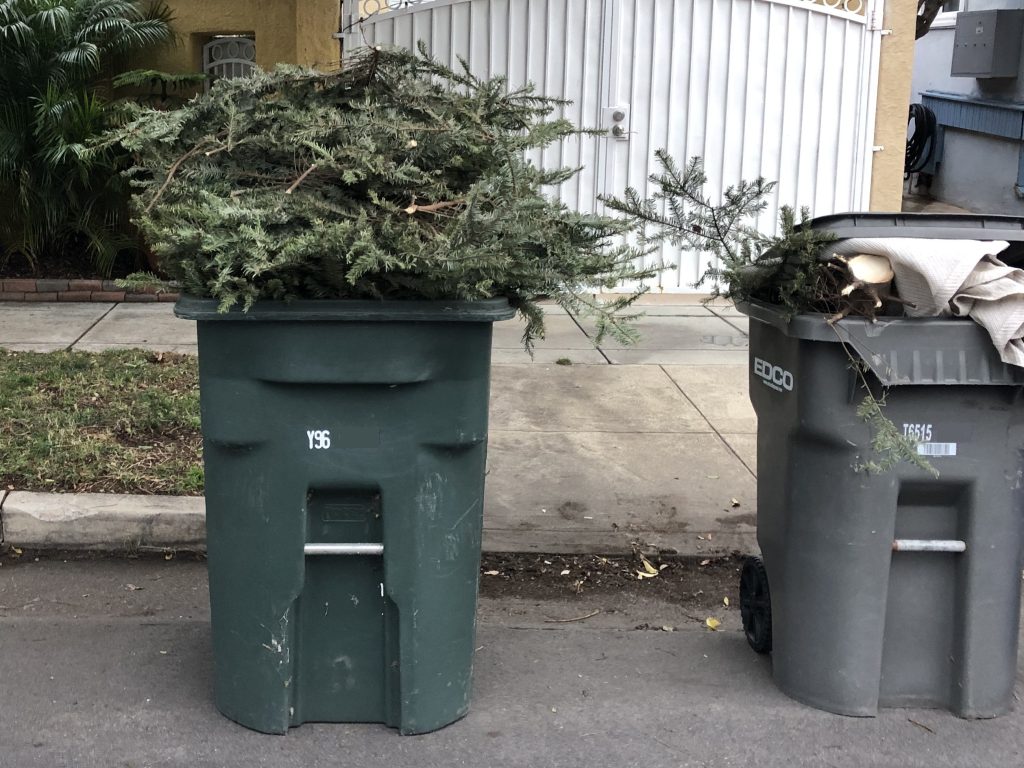
A plan to install a traffic signal at Fourth and Alameda has generated some controversy. A petition opposing the $277,000 project garnered 50 signatures.
Last week the city held a community meeting to “listen to any concerns residents might have and to provide information on the project,” said City Manger Blair King.
 Thirty-seven people attended. Most lived along Alameda or the Third and Fourth Street corridor, the parts of town most impacted by the naval base traffic. Mayor Richard Bailey, Councilman Mike Donovan and Councilman Whitney Benzian also attended part of the hour long meeting.
Thirty-seven people attended. Most lived along Alameda or the Third and Fourth Street corridor, the parts of town most impacted by the naval base traffic. Mayor Richard Bailey, Councilman Mike Donovan and Councilman Whitney Benzian also attended part of the hour long meeting.
The first 20 minutes was given over to public comments and questions. The rest of the was spent addressing those concerns.
Some thought the project was ill conceived and would make matters worse.
Though others wonder how matters could get much worse. In late afternoon, traffic swells to 1,800 vehicles streaming off North Island Naval Air Station. With a light at Orange Avenue, vehicles queue all along the three lane stretch of Fourth Street. Other times, intermittent traffic speeding off the base makes it difficult, if not seemingly impossible, to cross Fourth Street safely from the base to Orange Avenue.
“When that happens it is in effect a failed intersection,” said Clifford Maurer, Director of Public Services and Engineering. “There is more traffic than the intersection can handle.”
“If the light signal operates as planned it will allow pedestrians, bicyclists and other vehicles to cross Fourth Street safely,” said Maurer.
 “Putting a light at the intersection will create a platoon effect. This will create a large gap between cars during non-peak hours,” Ryan Zeller said. He is a traffic engineer at Michael Baker International, the firm the city hired to help with the project.
“Putting a light at the intersection will create a platoon effect. This will create a large gap between cars during non-peak hours,” Ryan Zeller said. He is a traffic engineer at Michael Baker International, the firm the city hired to help with the project.
He did acknowledge that the gap would grow shorter the closer you got to Orange Ave. This raised some concern about the safety of school children. One woman wanted to know if the school crossing guards would remain, for children crossing at F, G and H Avenues. King assured her that the guards would remain.
There were concerns that the traffic signal light would cause queuing along Alameda with drivers coming to work in the morning. Maurer suggested that timing the lights would mitigate the risk.
“You can adjust signal timing for different times of the day… and ways to make it acceptable for all users,” he said.
While the signal will be timed, it will not have an audible pedestrian system. Neighbors won’t be subjected to hearing a robotic voice shouting “wait, wait” every time a pedestrian presses the cross button, King assured everyone. Neither will the light be coordinated with the one on Orange Ave.
“The stretch is too long to coordinate,” Maurer said. “Even though the issue during peak hours isn’t the signal, it’s pure volume.”
While moving traffic along Fourth Street is important, most supporters point to safety as the real benefit of having a traffic light at the intersection.
“What it will do is avoid someone getting killed or injured by trying to get across Fourth Street. It is inevitable that someone is going to get killed or injured if something isn’t done,” said John Tato, former member of the Traffic Commission. “In many ways it is very proactive. Just as we take down trees that are failing, because they may fall and hurt somebody. This is equal to that.”
According to the city’s website:
“At the City Council’s direction, an application is pending to be submitted to the California Department of Transportation. Upon Caltrans’ approval, the signal will be presented to the Council for final actions. A PowerPoint presentation will be available on the City’s website under Public Projects on the Public Services and Engineering page.”




